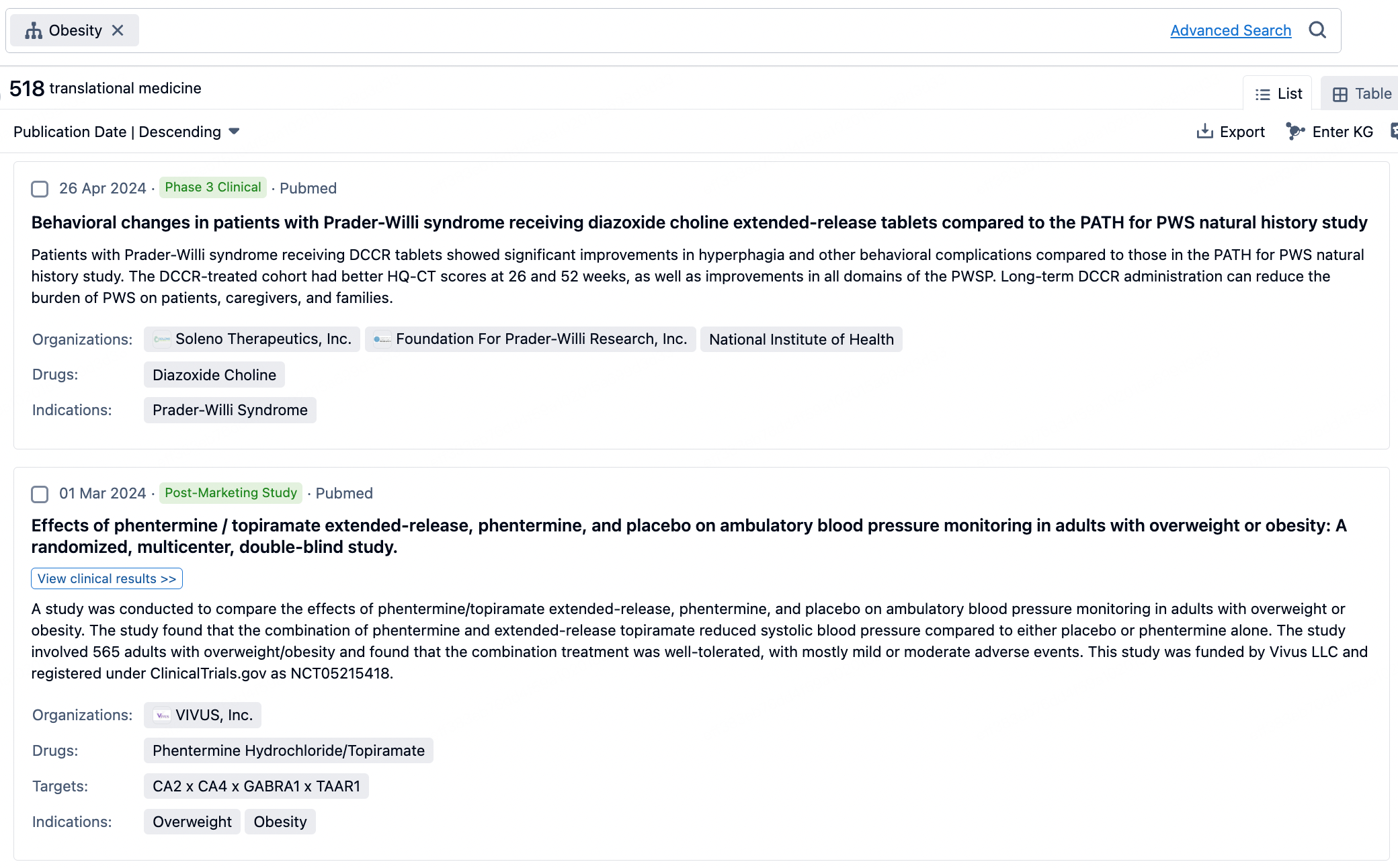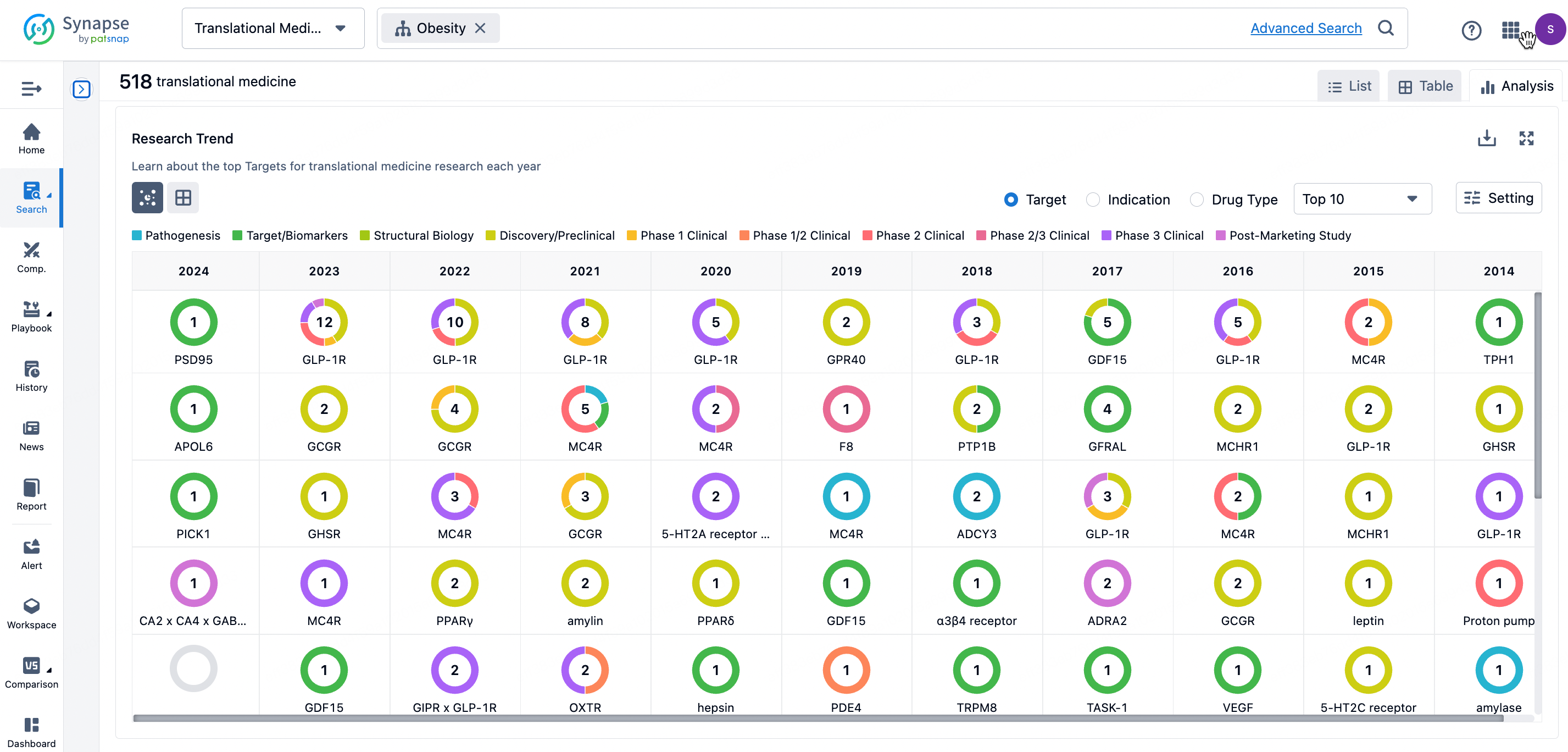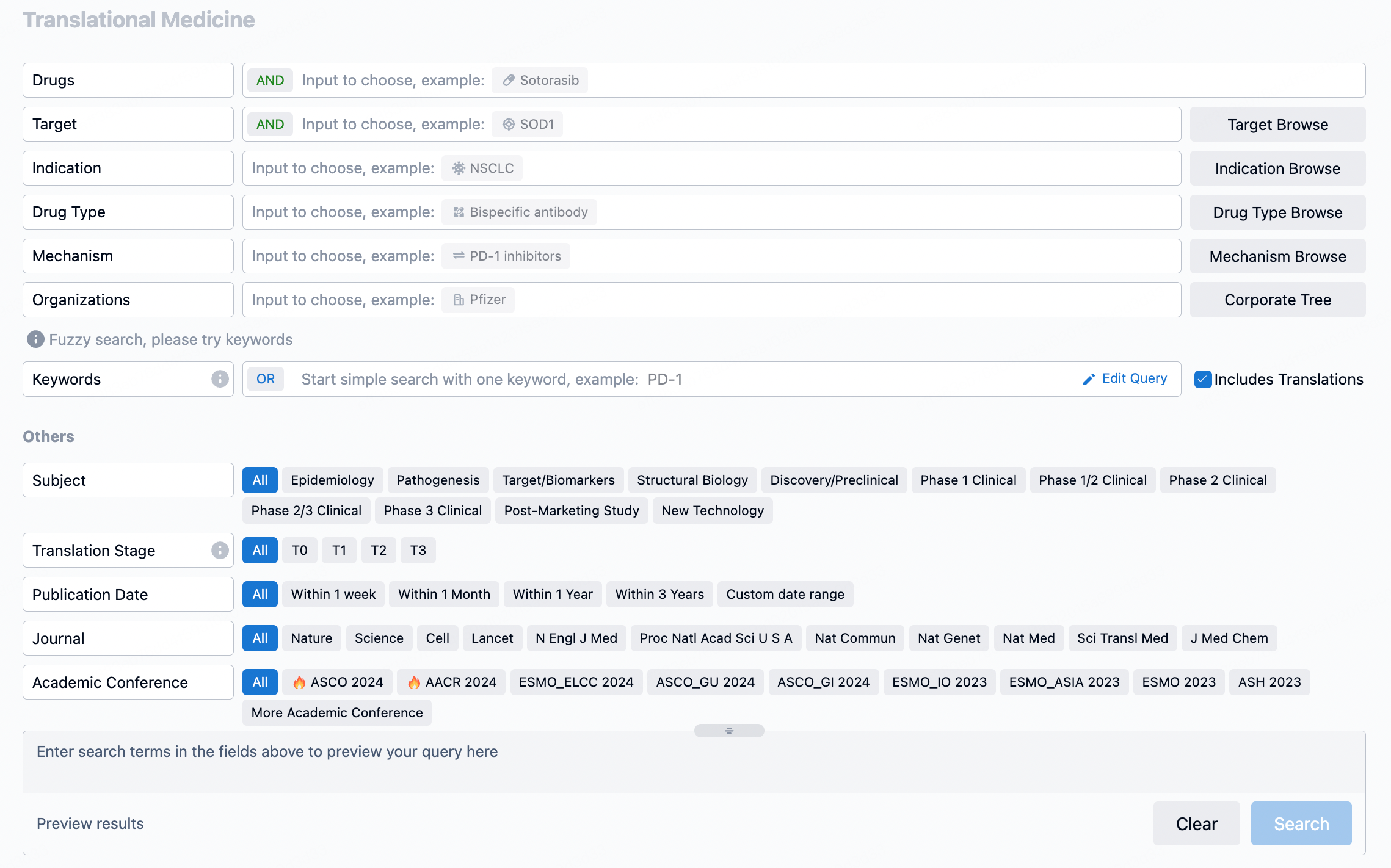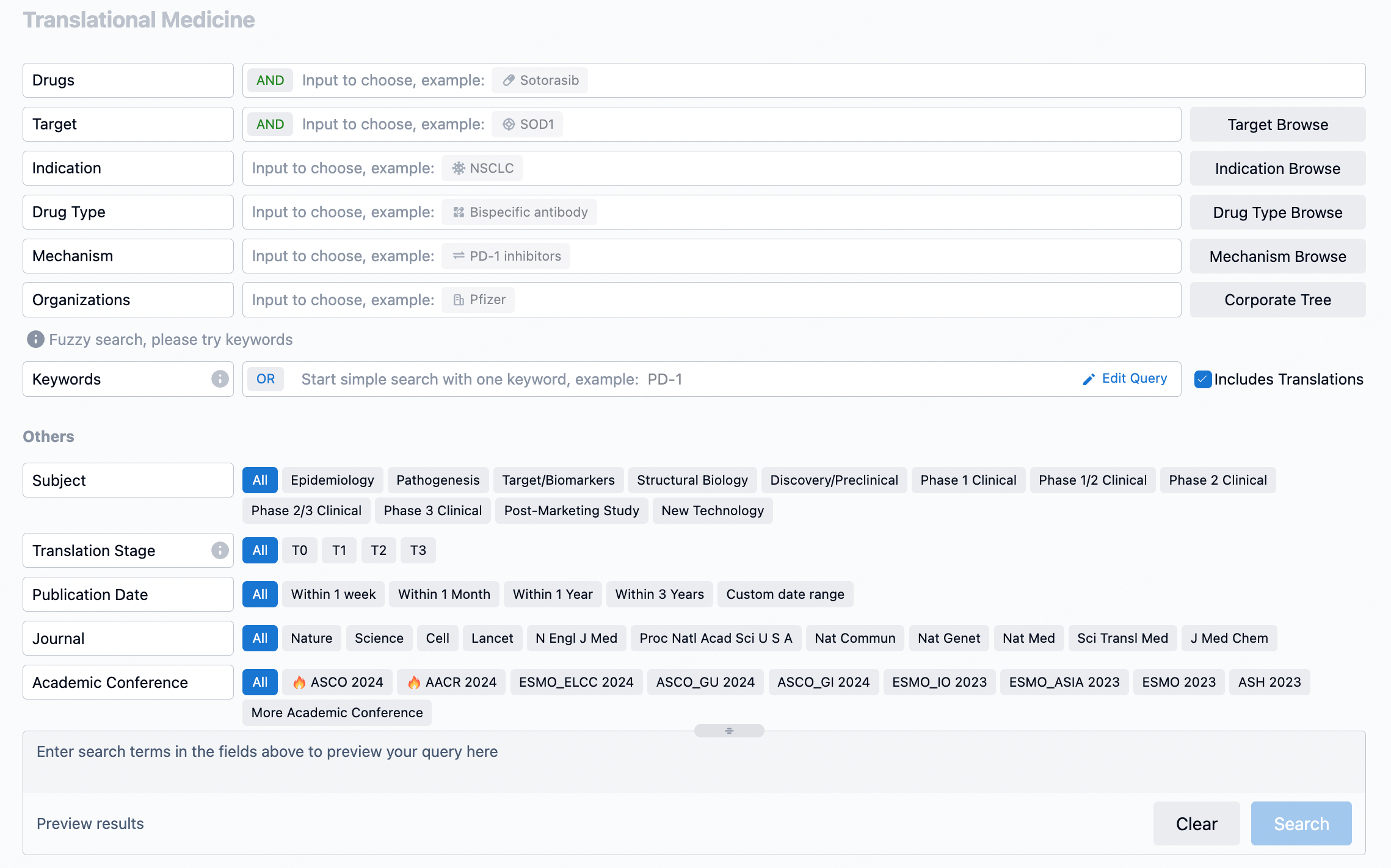Unlocking the Potential of S 49076: A Multi-Target Kinase Inhibitor for Broad-Spectrum Anticancer Therapy
S 49076 is a newly developed, potent inhibitor that targets MET, FGFR1/2/3, and AXL by competing with ATP for binding to the kinases. It effectively prevents the autophosphorylation of these receptors and their subsequent signaling pathways within cells, with an IC50 range of 1 to 200 nM depending on the specific target and cell line. S 49076 also shows binding to MET mutations found in cancer and other cancer-related kinases at concentrations below 100 nM. Notably, it is not a strong inhibitor of VEGFR2, which is important for maintaining normal blood vessel function and whose inhibition can lead to clinical limitations.
In laboratory studies, S 49076 has been shown to reduce the growth of cancer cells that depend on MET and FGFR2, to impede the movement of lung cancer cells driven by MET, and to decrease the ability of liver cancer cells with high AXL expression to form colonies. When administered orally to animals, S 49076 significantly reduced MET autophosphorylation in gastric cancer tumors and inhibited tumor growth in both gastric and brain cancer models, as well as in colon cancer.
Given the promising results from these preclinical trials, which highlight S 49076's unique and favorable pharmacological profile, plans are underway for a phase I clinical trial to assess the safety and efficacy of an oral formulation of S 49076 in patients with advanced solid tumors.
How to Use Synapse Database to Search and Analyze Translational Medicine Data?
The transational medicine section of the Synapse database supports searches based on fields such as drug, target, and indication, covering the T0-T3 stages of translation. Additionally, it offers a historical conference search function as well as filtering options, view modes, translation services, and highlights summaries, providing you with a unique search experience.
Taking obesity as an example, select "obesity" under the indication category and click search to enter the Translational Medicine results list page. By clicking on the title, you can directly navigate to the original page.

By clicking the analysis button, you can observe that GLP-1R treatment for obesity has gained significant attention over the past three years, with preclinical research still ongoing in 2023. Additionally, there are emerging potential targets, such as GDF15, among others.

Click on the image below to go directly to the Translational Medicine search interface.

